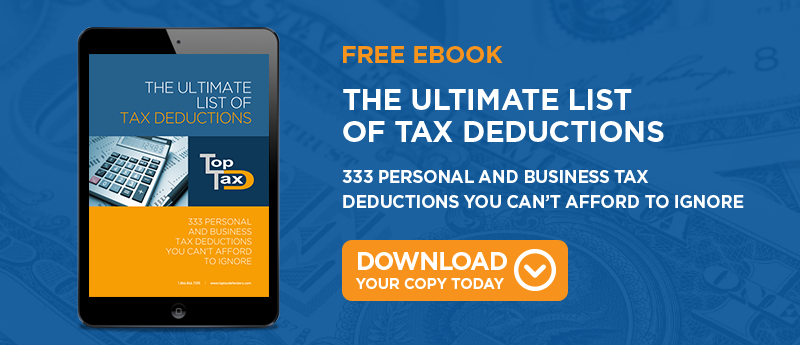
Estimated taxes can be one of the trickier sections of the IRS tax code. If you're not subject to income tax withholding or if you own your own business, you may be subject to these taxes. It's best to learn about the requirements for estimated taxes in advance so you can make sure that you're following the law correctly.
About Estimated Taxes
True to their name, estimated taxes are simply estimates of the amount of income tax you expect to owe for the current tax year. When you estimate your tax liability, you'll need to consider several factors, including your tax liability for the previous year, your projected income for the current year, and your income tax withholding for the current year.
For example, if you think that your current year's taxable income will be higher than your taxable income for last year, then you'll probably need to pay in a higher amount of estimated taxes to account for the increased liability. On the other hand, if your income tax withholding for the year will increase, you may not need to pay in estimated taxes at all.
Complying with the IRS Requirements
In order to meet the IRS standards for estimated taxes, you'll need to carefully consider your tax withholding and your income. If you won't have any taxes withheld this year and you expect to owe tax to the IRS, you're required to submit estimated taxes. Generally, you should pay in at least 90 percent of your previous year's tax liability in order to avoid an underpayment penalty. If you expect to owe more this year, simply increase your tax payment to cover the overage.
When to Send in Payments
As a general rule, you'll have to send in estimated tax payments once each quarter. To meet this rule, you can just take the total of your estimated tax liability and divide it by four. Then, simply send in one installment each quarter with the appropriate estimated tax voucher.
However, there are instances when this simple method of remitting tax doesn't apply. For example, if you earn varying amounts of money each quarter and you unexpectedly have a highly profitable quarter, you may actually owe more tax in that quarter than the others. As a result, you could end up underpaying your tax liability if you don't adjust your tax payment to match your increased income.
If you owe estimated taxes, you may be confused about how these requirements directly affect your unique situation. In this instance, you may want to consult an experienced tax professional who can help you clearly understand how these tax laws apply to you.




